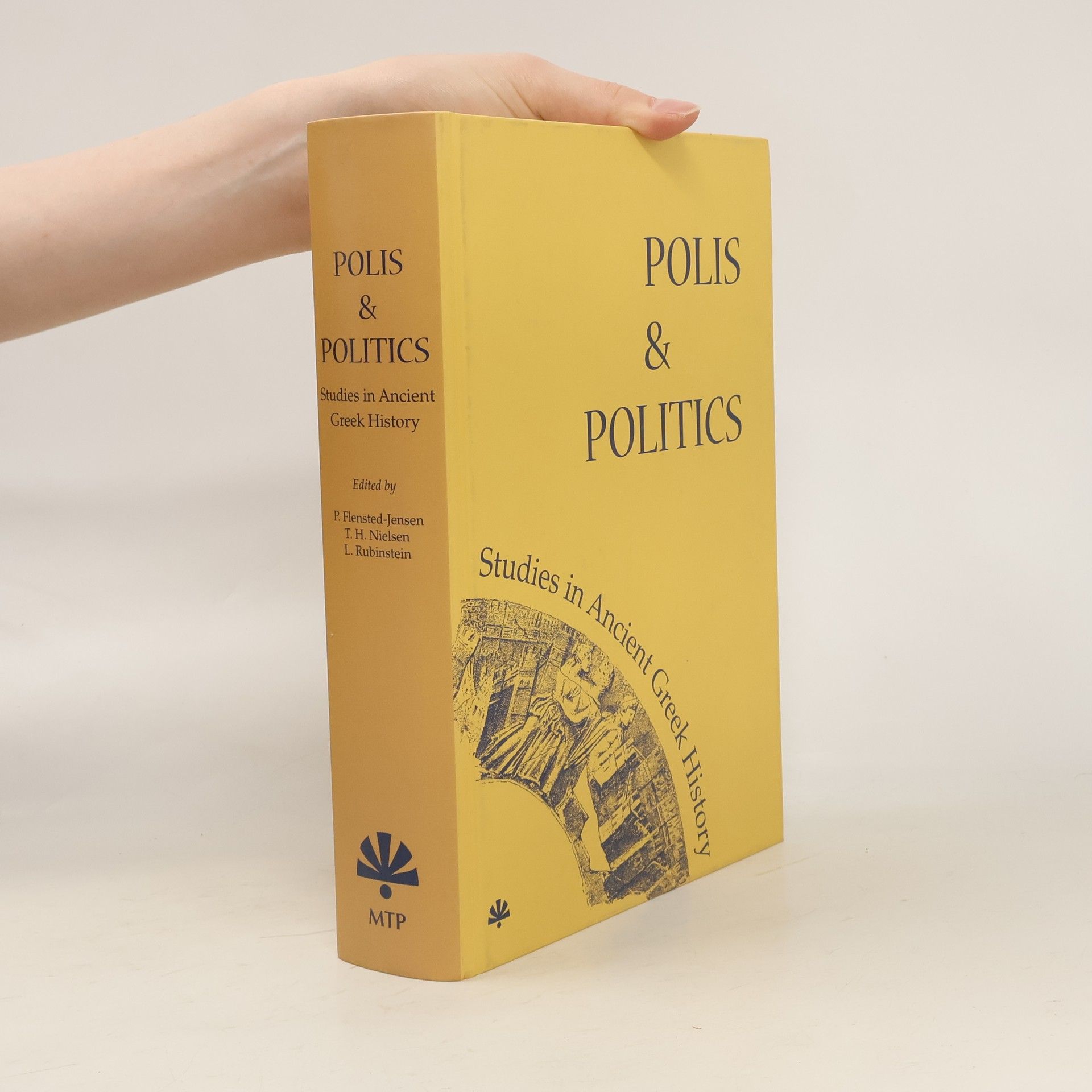Contains 35 articles devoted to different aspects of the Greek polis and is intended not only as a present for Mogens Herman Hansen on his sixtieth birthday, but also as a way of thanking him for his significant contributions to the field of Greek history over the past three decades.
Thomas Heine Nielsen Livres
